An artist in love with Webers.
Text and art by Wallace Wyss –
As a fine artist, I mostly am drawn to the shape of a car; its form, particularly as viewed in early morning light, when the sun “paints with light” the shape of the car.
But then, decades ago, when I was viewing the work of the late Bob Freeman, a British artist who pioneered portraits of engines in Supercar Classics magazine some years ago, I came to admire his engine paintings and tried doing one myself recently, of a Ferrari 250 GTO engine.
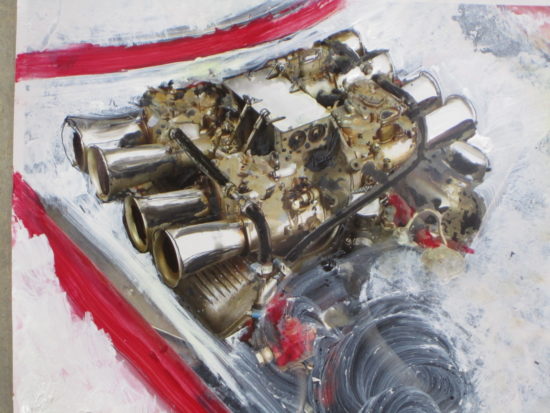
On the 327 Corvette engine used in the Iso Grifo A3/C and Bizzarrini Corsas, the Webers are sideddrafts. The engines were rated at 406 hp.
There is as far as I know only one fine artist specializing in engines, Ms. Sandrine Blondel of France, who has been an AFAS guest artist at Pebble Beach.
She even portrays the engines of economy cars but also has high performance engines. Since I am still busy doing commissioned portraits of sports cars exteriors, I’m sticking to high performance engines, whether American or European and favor those with Webers, my favorite carburetor, which I guess makes me a Luddite in that I haven’t embraced fuel injection or electronic fuel injection.
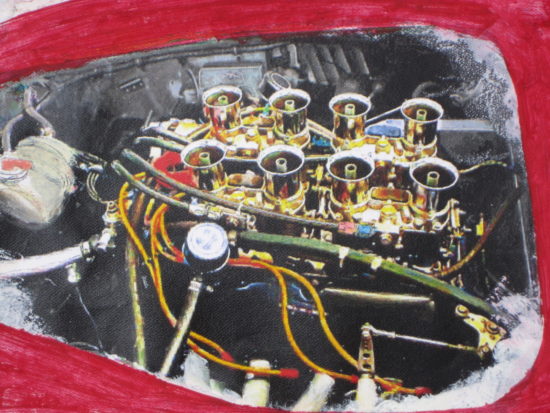
On the 289 Cobra the Webers were downdraft. Inglese even has info on the sidedrafts Phil Remington first designed for the 260 Cobra but Shelby eventually chose downdrafts.
When it comes to Webers, I called the best expert I know – Jim Inglese of Florida – who has long specialized in these Italian carbs and, on his website, points out that the competition Cobras and GT40s used the Italian carbs the same as on Ferraris.
He especially remarks on the Grand Sport Corvettes which had a 377 cu. in. aluminum small block with four 58 mm sidedraft DCOE Webers on a crossram manifold, one he builds a replica of today.
He says Webers are the closest thing to fuel injection, that the engine responds like it’s fuel injected. He points out that when the throttles are wide open in a V8 there’s eight different columns of air, each column going straight to a cylinder.
“They are specifically designed for independent runner manifolds where each throttle plate is dedicated to its own cylinder, with no central communication ‘plenum.’” says Inglese.
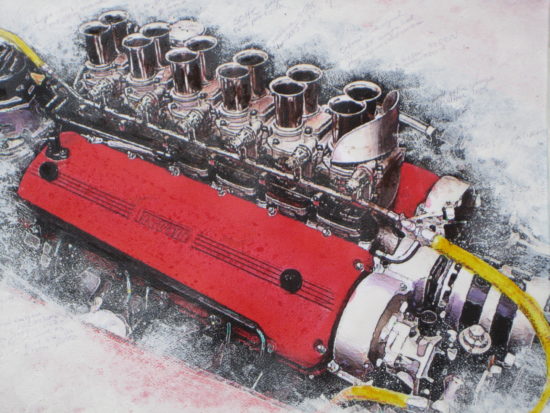
The six-in-a-row two barrel downdrafts on a Ferrari 250 GTO were Weber 38DCN, also fitted on the Ferrari 250 Testa Rossa, and LM models.
So why did he fall in love with Webers so long ago? He answers: “The key characteristics of Weber carburetion? The engine revs much faster and produces higher torque throughout the entire rpm range. That’s why all Ferraris, Maseratis, and Lamborghinis came equipped with them, among others. Today, Webers still offer more flexibility throughout the entire rpm range than any other carburetion system in the world. That says a lot for a carburetor that’s been around for over 50 years.”
You can find Jim Inglese’s website at this link.
Let us know what you think in the Comments.
Wallace Wyss
THE AUTHOR/ARTIST: Wyss is offering a 20″ x 30″ oil on canvas giclee print of each of these Weber-equipped engines. For details write mendoart7@gmail.com
Donate to My Car Quest – Click Here
Being a lover of the Weber carburetor myself I want to share two photos of multiple Weber carburetor engines that have spent time in my garage.
Mike Gulett

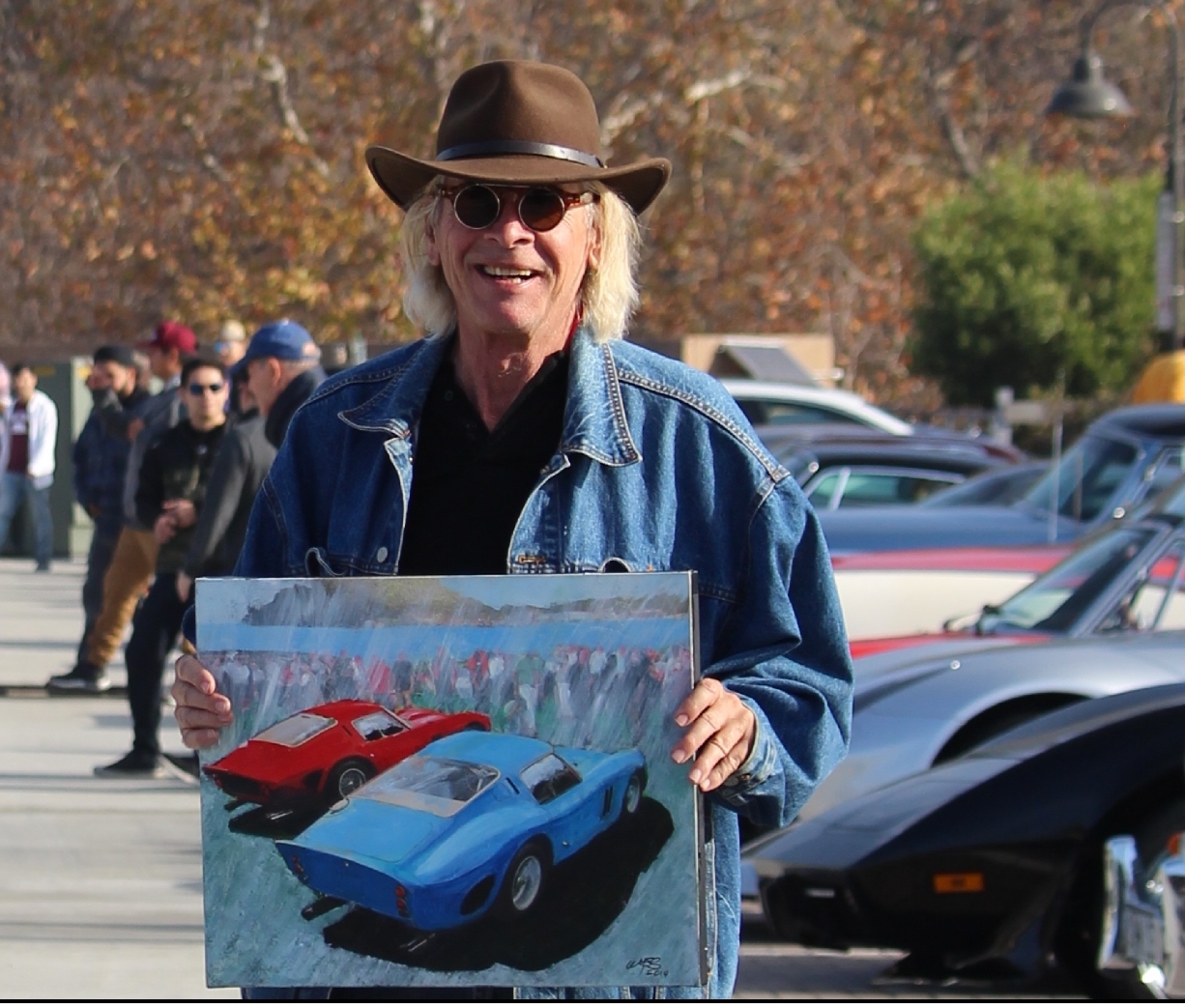
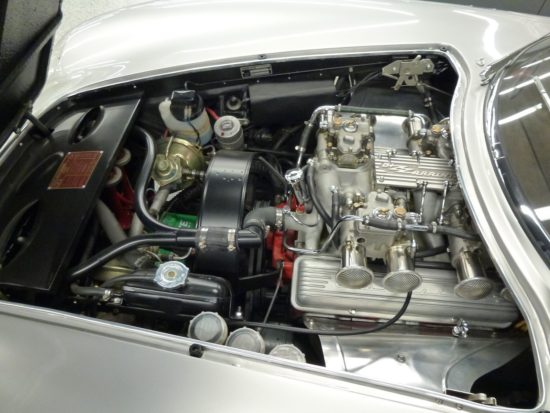
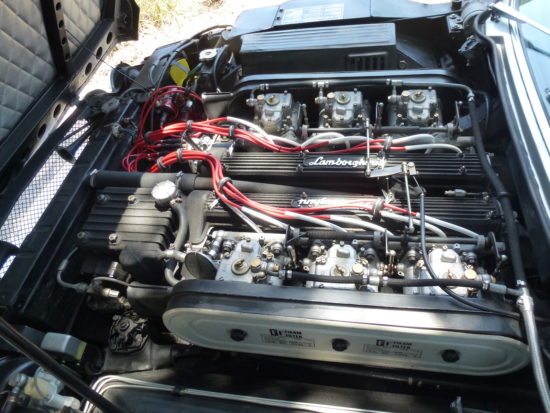
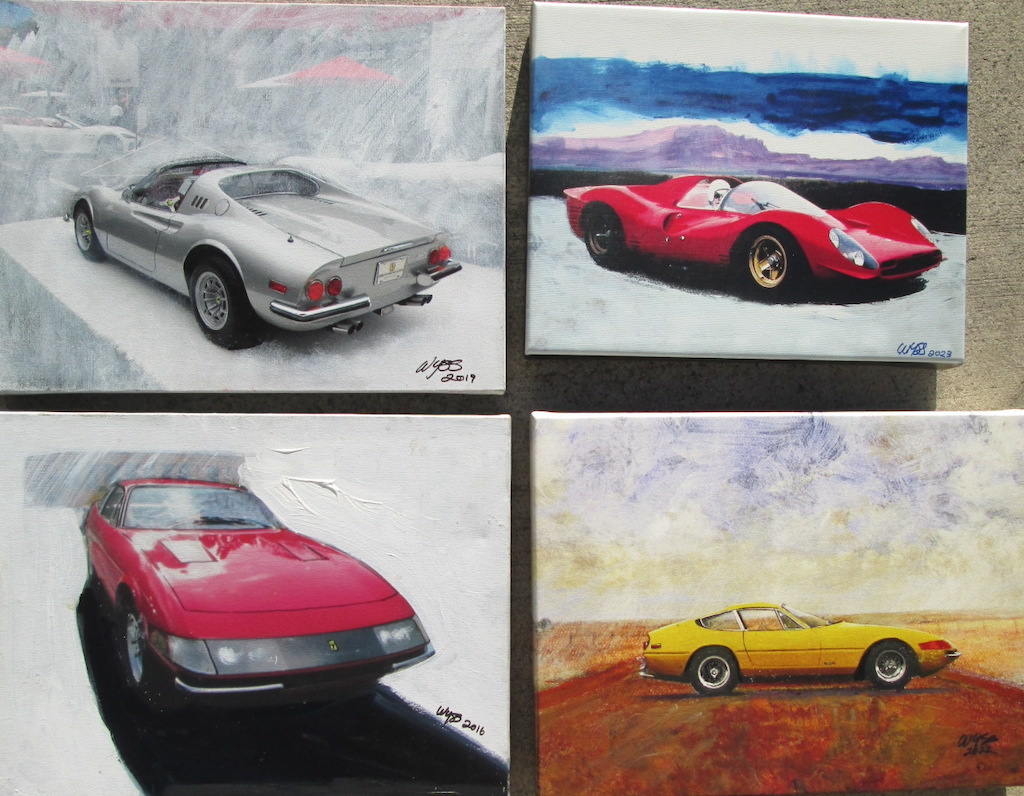

Chrysler Australia in the 70’s manufactured E series Valiant Chargers with 265 hemi 6 engines with a special head and exhaust headers fitted with triple 45 mill side draught Webers . They were the fastest 6 cylinder production cars in the world and I owned an E49 four speed which was frightening in a straight line . Pic of the Webers on one of these weapons .
Side on pic of Aussie E49 Webbers
It looks like the 327 Corvette engine has a huge oil leak in the front.
I HAVE SIX, WEBBER , DHOE, DUAL-SIDE-DRAFT 45s, FOR SALE , CHEAP, WITH STACKS AND AIR CLEANERS.
TWO SETS ARE SET UP, TO RUN ON A STRAIGHT 6 CYLINDER , BMW ENGINES. BUT THE CARBS CAN BE USED ON ANY APPLICATION ONE WANTS.
I BOUGHT A POLISHED MANIFOLD, FOR A SMALL BLOCK CHEVY, WITH FOUR DUAL THROAT, SIDE DRAFT WEBBERS, SPECIFICALLY FOR A BIZZARRINI. I BOUT IT FROM OLD MAN , MOON, HIMSELF. THESE MAY STILL BE AVAILABLE FROM , MOON EYE, RACING PARTS. I THINK BY SPECIAL ORDER.
Let me know, if that SBC 4 Webers DCOE sidedraft with Moon intake, w Linkage, Fuel regulator etc is still For Sale ?
Reach me at grandpsort64@gmail.com thank you